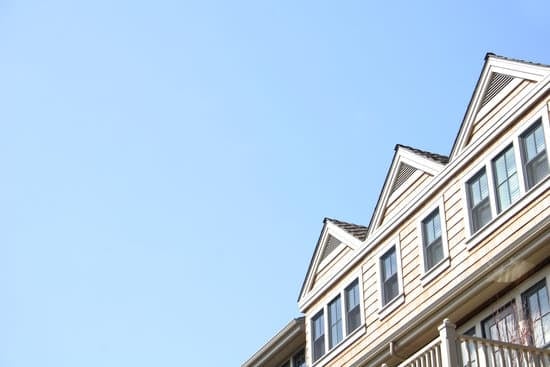Concrete is a popular and versatile building material used for a range of purposes, from sidewalks and driveways to skyscraper foundations. However, despite its many benefits, there are a few problems that can arise with concrete construction. One of the biggest issues faced by concrete is the potential for a variety of problems caused by construction mistakes or natural wear and tear. Let’s take a closer look at some of the most common concrete problems:
Disintegration: Disintegration occurs when the surface of the concrete breaks down and begins to crumble. This can be caused by freeze-thaw cycles, chemical damage, or poor construction practices.
Scaling: Scaling happens when the surface of the concrete begins to flake and peel away. This is often caused by exposure to harsh weather conditions or the use of deicing chemicals on the concrete.
Cracking: Cracks in concrete can be caused by a variety of factors, including settlement, shrinkage, or improper curing. Cracks can be unsightly and can also allow water to seep in and cause additional damage.
Efflorescence: Efflorescence is a white powdery substance that can appear on the surface of concrete. It is caused by the buildup of salts and minerals and can be difficult to remove.
Spalling: Spalling occurs when the surface of the concrete breaks off in small pieces or flakes. This can be caused by exposure to harsh weather conditions or the use of deicing chemicals.
Erosion: Concrete can erode over time, particularly in areas with heavy foot traffic or where water is constantly flowing over the surface. This can weaken the concrete and cause additional structural problems.
Popouts: Popouts are small, cone-shaped holes that form on the surface of the concrete. They are caused by the buildup of internal pressure within the concrete and can be difficult to repair.
Overall, the biggest problem with concrete is that it can suffer from a range of issues, many of which are caused by construction mistakes or natural wear and tear. By understanding these potential problems, homeowners and contractors can work to prevent them and ensure that their concrete structures remain strong and durable for years to come.


















